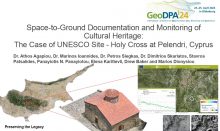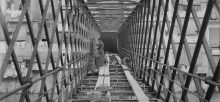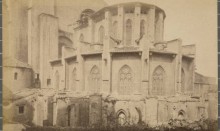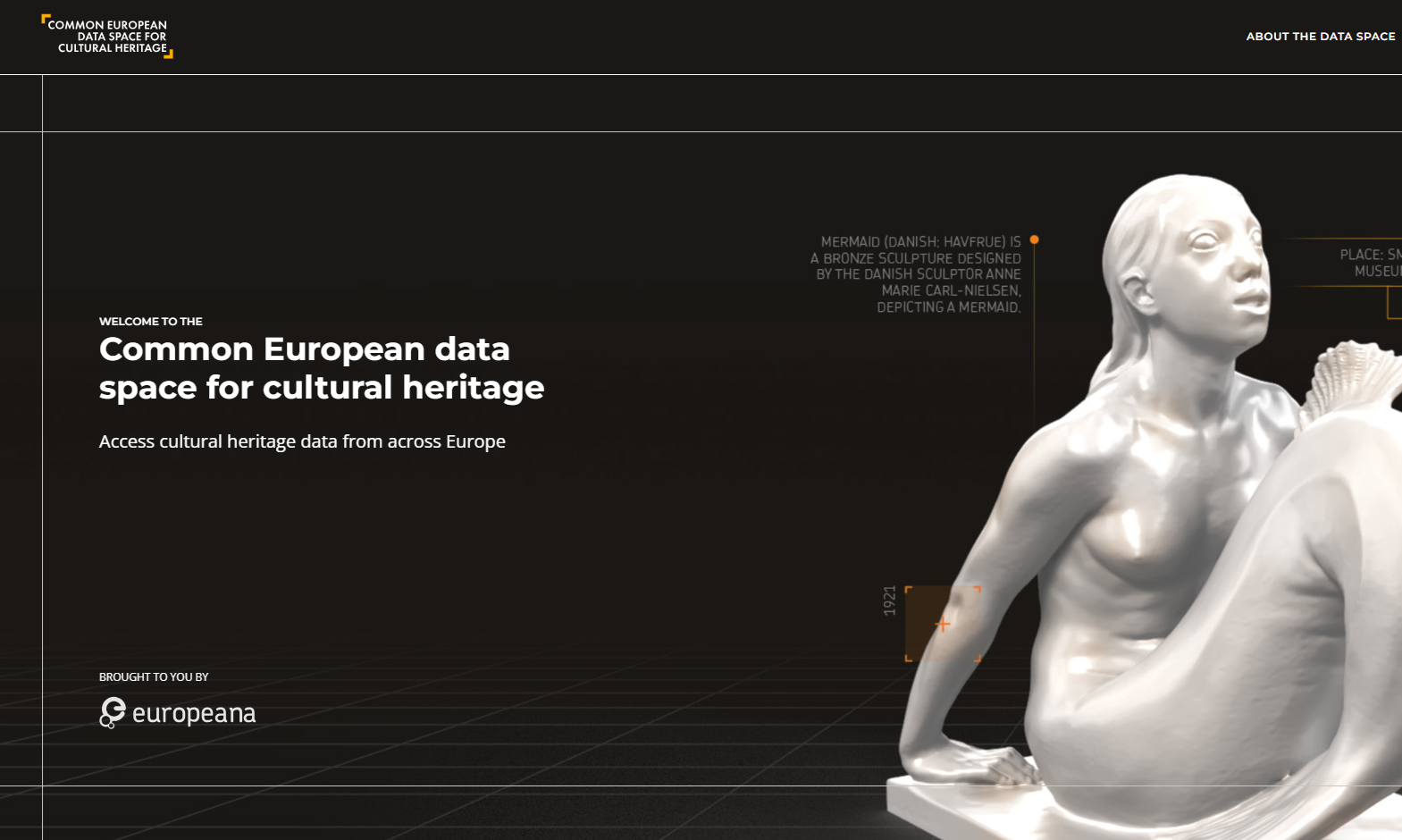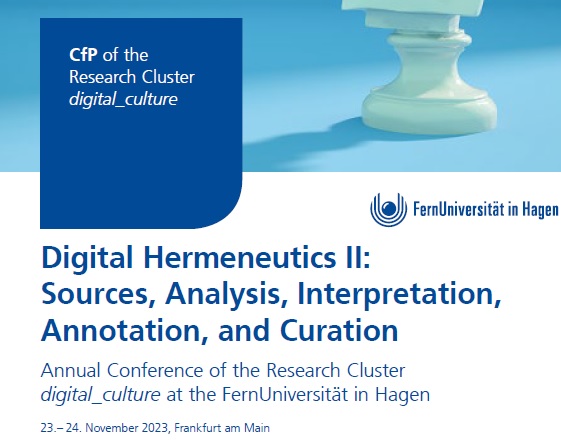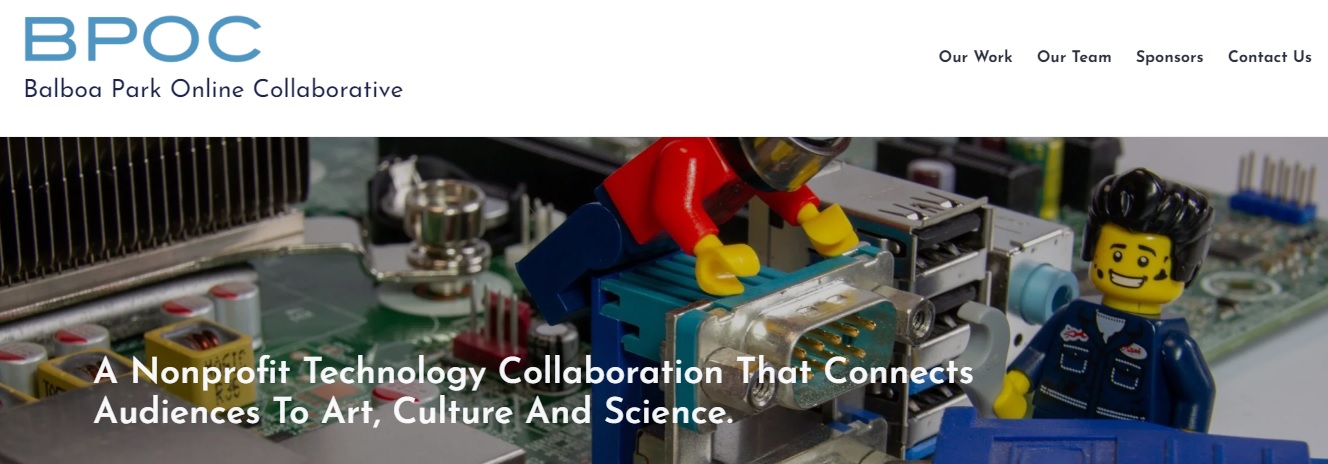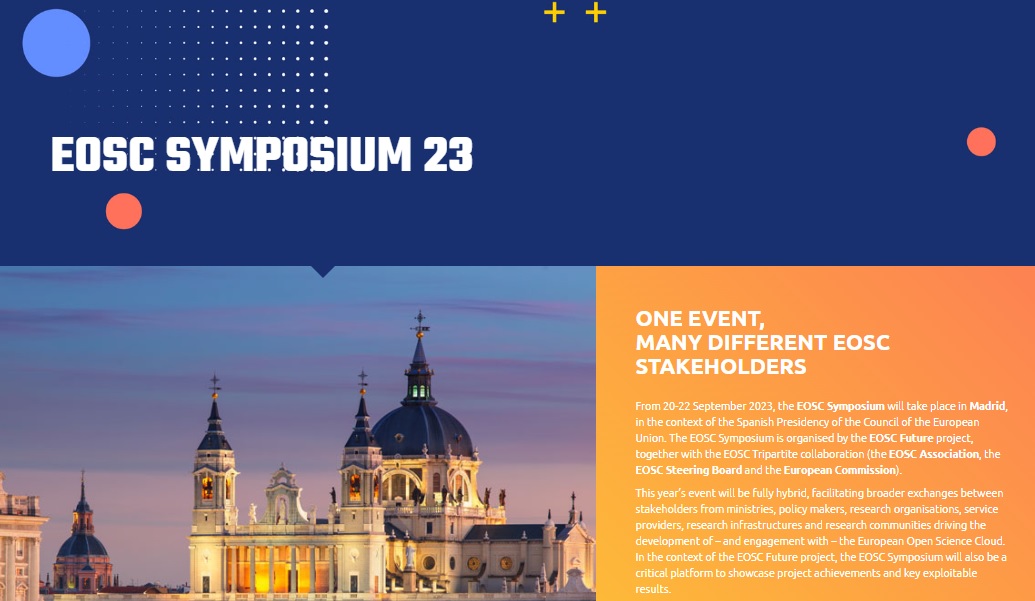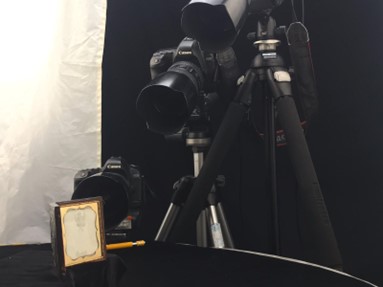
Triple camera setup in the digitisation booth – courtesy of CRDI and La Tempesta
The Centre for Image Research & Diffusion (CRDI) in Girona owns a large and diverse photography archive that reflects daily life in the region of Girona over the past two centuries. In 2022, CRDI digitised 99 items from its collection of daguerreotypes, the first form of photography created in France in 1839, in 3D and aggregated them to Europeana in the context of WEAVE project: an important achievement not only for the project, but for professionals in the field of photography at large.
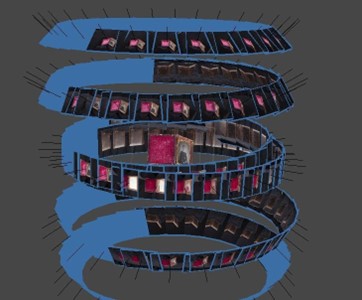
Collating captures to form a 3D view – courtesy of CRDI and La Tempesta
3D digitization in photogrammetry is a stable and widely used technique, however, due to the specific characteristics of the daguerreotypes, the process posed challenges in order to get the best visual results. Handling these challenges required experiments and technical solutions to be deployed.
Following the work done, a case study was recently developed for WEAVE project to share the lessons learnt and the knowledge generated by this activity. Digitizing daguerreotypes has required specific research and a series of iterations through a pre-testing process. Photogrammetry was applied putting to best use its advantages while trying to subvert its limitations.
As for aggregating this content to Europeana, the process was quite straightforward via the Photoconsortium aggregation route, and not that much different from providing 2D-collections. The results can be viewed in Europeana, where each item is described in detail and linked to WEAVE 3D assets manager developed in the project.
Download the WEAVE Case Study (PDF, 700 Kb)
In addition to the case study, a presentation of the major 3D digitization task performed by WEAVE partner CRDI was delivered by Marc Hernandez of La Tempesta, the specialized technology partner of CRDI in the important I&R conference in Girona in November 2022.
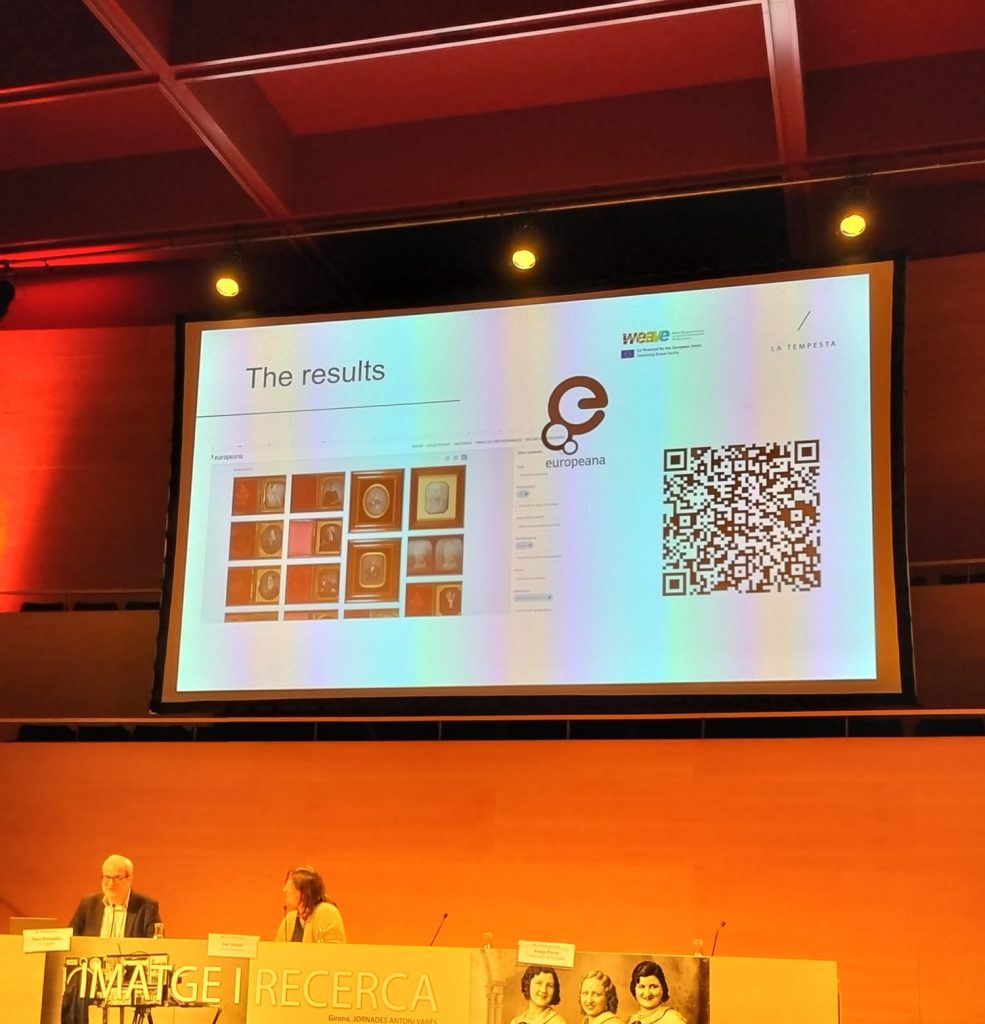
This blog is part of WEAVE – Widen European Access to cultural communities Via Europeana: a project funded by the European Commission under the Connecting Europe Facilities (CEF) aimed at developing a framework to link the tangible and intangible dheritage of cultural communities.



